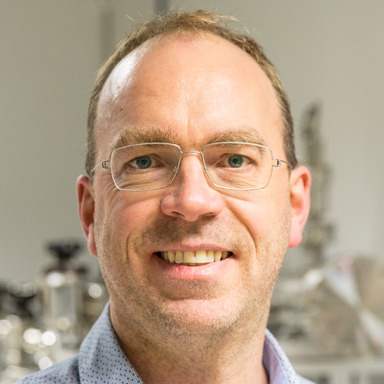Soft Matter and Wetting

PUBLICATIONS: Soft Matter and Wetting group
Full list of publications.

FACILITIES: Soft Matter and Wetting group
List of our research equipment and facilities.

CODES: Soft Matter and Wetting group
Program codes published as part of our works.
Oscillating Droplet Tribometer. The most accurate characterization of your superhydrophobic surface.
Wetting characterization services offered by Soft Matter and Wetting group.


Droplet Instruments
droplet-instruments.com has launched. We offer advanced technologies, service and scientific consulting for your surface characterization needs.

Robin Ras, Associate Professor
- Researcher ID: F-7680-2010
- ORCID: 0000-0002-2076-242X
- Google Scholar
- Robin's Twitter: robin_ras
- Robin's YouTube channel
Research group
Soft Matter and Wetting (SMW) is a multidisciplinary research group consisting of physicists and chemists. We are interested in functional soft materials and the wettability of surfaces. Many of the materials we work on are inspired by nature, such as extremely water-repellent biological surfaces that provide the basis for synthetic superhydrophobicity.
ERC Consolidator grant / ERC Proof-of-Concept grant
The leader of the SMW group, Professor Robin Ras, has received a Consolidator Grant from the European Research Council (ERC). The topic of this five-year project is "Superslippery Liquid-Repellent Surfaces".

Research highlight
We developed a new concept for durable superhydrophobic surfaces by structuring surfaces at two different length scales. The microstructure is an interconnected surface frame that protects highly water-repellent and mechanically fragile nanostructures. Water repellency of the resulting superhydrophobic surfaces is preserved even after abrasion by sandpaper and by a sharp steel blade.
Wang D., Sun Q., Hokkanen M.J., Zhang C., Lin F.-Y., Liu Q., Zhu S.-P., Zhou T., Chang Q., He B., Zhou Q., Chen L., Wang Z., Ras R.H.A., Deng X.
Design of Robust Superhydrophobic Surfaces
Nature 582, 55–59 (2020) (link) (PDF view only) (press release)
Research group members



Follow Robin Ras and his research group
News
What's new in Soft Matter and Wetting?
Physicists explain—and eliminate—unknown force dragging against water droplets on superhydrophobic surfaces
Aalto University researchers adapt a novel force measurement technique to uncover the previously unidentified physics at play at the thin air-film gap between water droplets and superhydrophobic surfaces.
Medical innovation makes early cancer diagnostics cheaper, faster, easier
Aalto University researcher makes two-pronged improvement on microbubble technology
Researchers create the most water-repellent surface ever
Revised method to create hydrophobic surfaces has implications for any technology where water meets a solid surface, from optics and microfluidics to cooking
Coating bubbles with protein results in a highly stable contrast agent for medical use
Researchers developed bubbles that are safe, highly stable, and function as contrast agent in medical applications. They could be used to diagnose, for example, cardiological issues, blood flow, and liver lesions.
- Published:
- Updated: